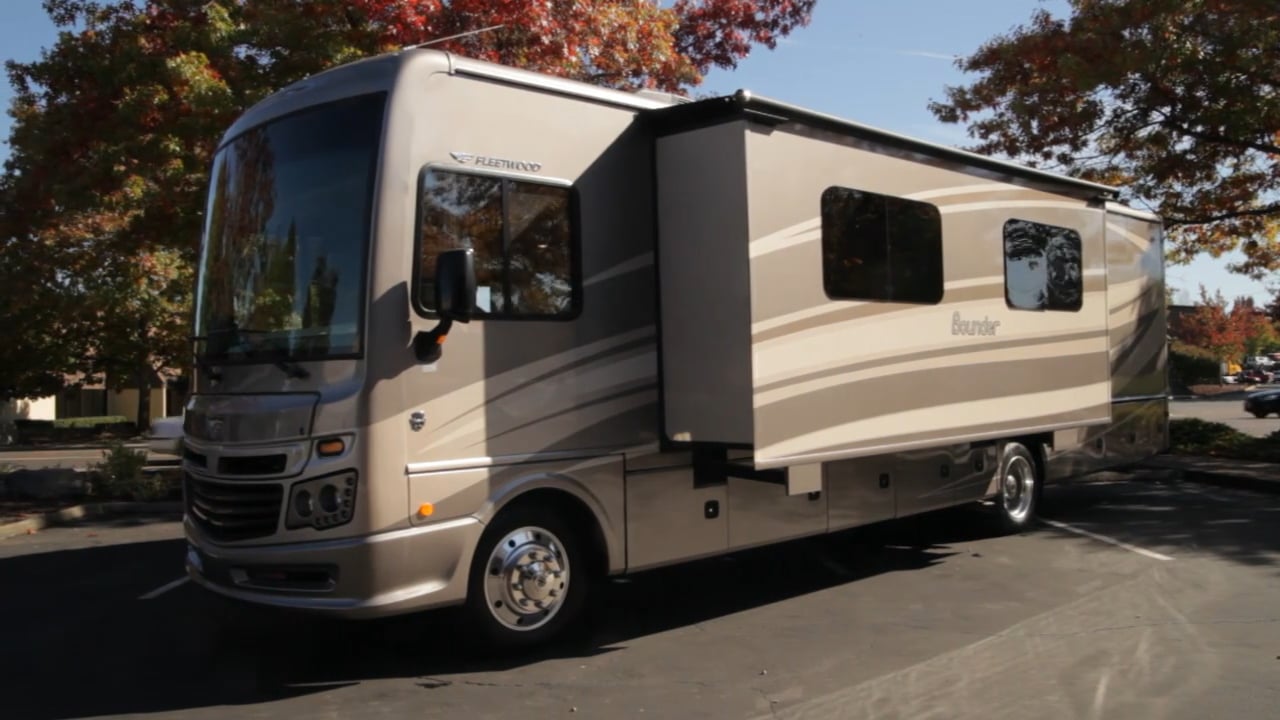
Much of your RV’s exterior is laminated, or built with multiple layers. When it becomes delaminated, it means that these layers lose much of their integrity—which can be a long-term threat to your RV’s infrastructure. In this guide, we’ll examine how to spot delamination, and walk you through the RV delamination repair process so you can continue to enjoy a fully-functional RV. Here’s what you’ll need to know.
How To Spot RV Delamination
You’ll never get to work if you don’t know how to spot delamination in the first place. Here are the signs you need to watch out for:
- Bubbling. This is perhaps the most obvious sign of delamination—you’ll notice that part of your wall appears to be “bubbling.” This bubbling is often caused by the separation of individual layers as they delaminate.
- Differences in wall structure between panels. Delamination doesn’t necessarily cause obvious bubbling at first—but if one wall of the same material apparently has a different texture than the next panel, you know it’s worth investigating.
How To Approach Delamination Repairs
The separation of the layers of your RV structure can cause some potential problems, which is why your goal should be to arrive at an RV structure in which the layers once again sit on each other comfortably. You’ll face a critical choice here: can you handle the repair yourself using the equipment you have on standby, or do you need to consult a professional? If you run into problems such as corner molding that makes the panel too hard to attack, it’s probably time to call in a professional.
Before you take apart the entire RV to handle these repairs, you’ll want to do some reconnaissance. In other words, investigate the problem by taking apart some of the trim and getting a closer look at the structural integrity of the materials themselves. In a Delamrepair.com guide, you’ll notice that one of their first steps is to remove the trim and corner molding to get a closer look at the delamination in the walls. In their process, you’ll notice that they also found that the corner molding gave them too much trouble to bother removing.
Repairing RV Delamination Yourself
What about handling it yourself? It’s a complicated process of shooting an epoxy mixture into the layering to promote adhesion—To Wander Freely has a clear and comprehensive guide for this specific process.
But that doesn’t mean you should skip over some basic fiberglass knowledge here. You might recall a previous article of ours in which we mentioned some key ways to prevent delamination:
- Inspect your fiberglass regularly and check for the “bubbling” or “blistering” as mentioned above.
- Maintain a clean and dry atmosphere inside the RV as much as possible. Use our RV restoration products to maintain the quality of your wood and prevent delamination.
Blistering on your RV is more than just unsightly. It means that there are fundamental structure problems within the paneling itself. Know what it is—and how to prevent it—and you can maintain a stronger RV that looks as good as new.

